Philadelphia’s famous citywide gallery of outdoor murals is both an icon like the city’s historic sites and a force to improve public spaces and society. Since the 1980s, Mural Arts Philadelphia has overseen the creation of almost 4,000 artworks by local, national, and international artists, earning Philadelphia the nickname “City of Murals.” Developed collaboratively with communities to empower and inspire, the murals also draw more than 15,000 people annually on Mural Arts tours.
Artist Jane Golden joined what was Philadelphia’s Anti-Graffiti Network in 1984 and began to connect city graffiti writers with public art projects that would support neighborhoods. She founded Mural Arts and still serves as executive director. Because murals are generated by working with artists and communities, Golden has called Mural Arts projects the “autobiography of Philadelphia.”
Mural Arts Today
Now a public and private partnership, the country’s largest public art program works on 60 to 100 projects a year, employing more than 250 artists and involving more than 25,000 people. Mural Arts’ core programs include Art Education, providing more than 2,000 underserved Philadelphia children and youths annually with in-school and after-school programs relevant to their interests. Participants gain skills that they can use on mural projects. The Restorative Justice program uses public art to help stop the cycle of violence and crime in neighborhoods. Successful initiatives include programs with incarcerated individuals, who learn about art and do paid mural work, and the Guild, an apprenticeship program for 18- to 24-year-olds who are on probation or reentering communities.
Another initiative, Porch Light, collaborates with Philadelphia’s Department of Behavioral Health and Intellectual disAbility Services to show that art can encourage personal resilience and community healing. Individuals involved contribute to public art through activities such as workshops and paint days. More than 40 murals have been painted by people in recovery.
Cities in the United States and beyond have noticed Mural Arts’ success. Founded in 2017, the Mural Arts Institute offers consulting and instruction on topics including designing projects for economic and social impact, recruiting artists, and maintaining public art.
Just as the mission of Mural Arts has evolved, so have methods and materials for making the murals. Originally, murals were created on surfaces with various kinds of paint. Today acrylic paint from one supplier is often used, so murals can be painted, sealed, and repainted as needed. Beginning in 1990 with Dr. J by muralist Kent Twitchell, more murals have been painted on parachute cloth and transferred to buildings. Some, like PhilaGuernica by Jared Owens (2020), are painted on cloth and mounted on aluminum panels that attach to a surface. These changes help preserve the murals’ beauty.
Seeing the Murals
Mural Arts’ current collection of almost 2,000 murals is spread around Philadelphia. Walking and trolley tours, including a Mural Mile walk in Center City, provide excellent ways to learn about the murals, and private tours for groups are available. Because of COVID-19, in-person tours are suspended, but see the website for updates. A few virtual tours are an option, including one of A Love Letter for You murals by Steve Powers along the Market-Frankford train line.
Individuals can use Mural Finder Mobile on smartphones when in Philadelphia; it locates some nearby murals. Another option for Center City murals is to create a route from a list. The website can also filter artworks by neighborhood or program.
Philadelphia’s murals are as diverse as the city itself, beautifying empty walls, parking lots, and other structures. Some depict famous people of all kinds, scenes of the city or nature, historical or current events, and noted city businesses from music to medicine. Other murals are abstract. The examples that follow demonstrate the variety of artists and styles in Center City murals.
Amy Sherald’s massive, untitled 60-foot-high portrait mural at 1108 Sansom Street became a city favorite in 2019. The artist, known for her portraits of Black people including Michelle Obama, spent time with participants in Mural Arts’ Art Education program who visited her studio. Sherald chose to portray Najee S., who gazes confidently at the viewer. Assistant artists in the program, along with many others, helped execute the mural.
The city, Philadelphia Water Department, and the Pennsylvania Horticultural Society sponsored Water Gives Life by Eurhi Jones and David McShane at 13th and Arch Streets. In 2018, hundreds of people helped paint the 4,000-square-foot mural, which depicts the relationship between the city’s rivers, the water system of pipes, and nature. Nearby, Michael Webb’s 2003 mural Tree of Knowledge at 1301 Market Street celebrates the 50th anniversary of the Eisenhower Fellowships, showing people cooperating to gain knowledge.
The 2,000-square-foot mixed-media mural Finding Home by Kathryn Pannepacker (the website misspells her name) and Josh Sarantitis was created in 2010 with a community team that included people with and without homes. It’s next to St. John the Evangelist Church at 21 S. 13th Street, which runs a facility serving homeless people. This is one of the Porch Light murals.
Completed in 2015, the abstract mural Start from Here by Isaac Tin Wei Lin, at 1315 Race Street, layers marks in hues that use colors of national flags. The title and work evoke the idea that most Americans have come from elsewhere to start new lives.
Two recent Mural Arts works by Russell Craig, an artist from Philadelphia who participated in the Guild program, reflect Mural Arts’ efforts for social justice. Crown, a mural on vinyl displayed in the windows of the city’s Municipal Services Building (1401 JFK Boulevard), acknowledges the Black Lives Matter protesters of summer 2020. Craig’s Prophesied is a portrait on pieces of leather of his friend and fellow artist James “Yaya” Hough, whom he met at a Mural Arts workshop while both were at Graterford prison. It is displayed outside the African American Museum in Philadelphia at 701 Arch Street as part of an exhibit called “Rendering Justice,” an examination of the effects of incarceration in America.
On any visit to Philadelphia, it’s worthwhile to explore even a few of the murals that reflect Mural Arts’ belief that “art ignites change.”
Side Dish
Philadelphia’s beloved Reading Terminal Market at 12th and Arch Streets, over 125 years old and going strong with vendors selling everything from Pennsylvania Dutch fare to meat and fish, makes a perfect stop for coffee and a doughnut from Beiler’s or biscotti from Termini Bros. The more than two dozen dining options include delicious beef or pork sandwiches from DiNic’s.
Linda Cabasin is a travel editor and writer who covered the globe at Fodor’s before taking up the freelance life. She’s a contributing editor at Fathom. Follow her on Instagram and Twitter at @lcabasin.

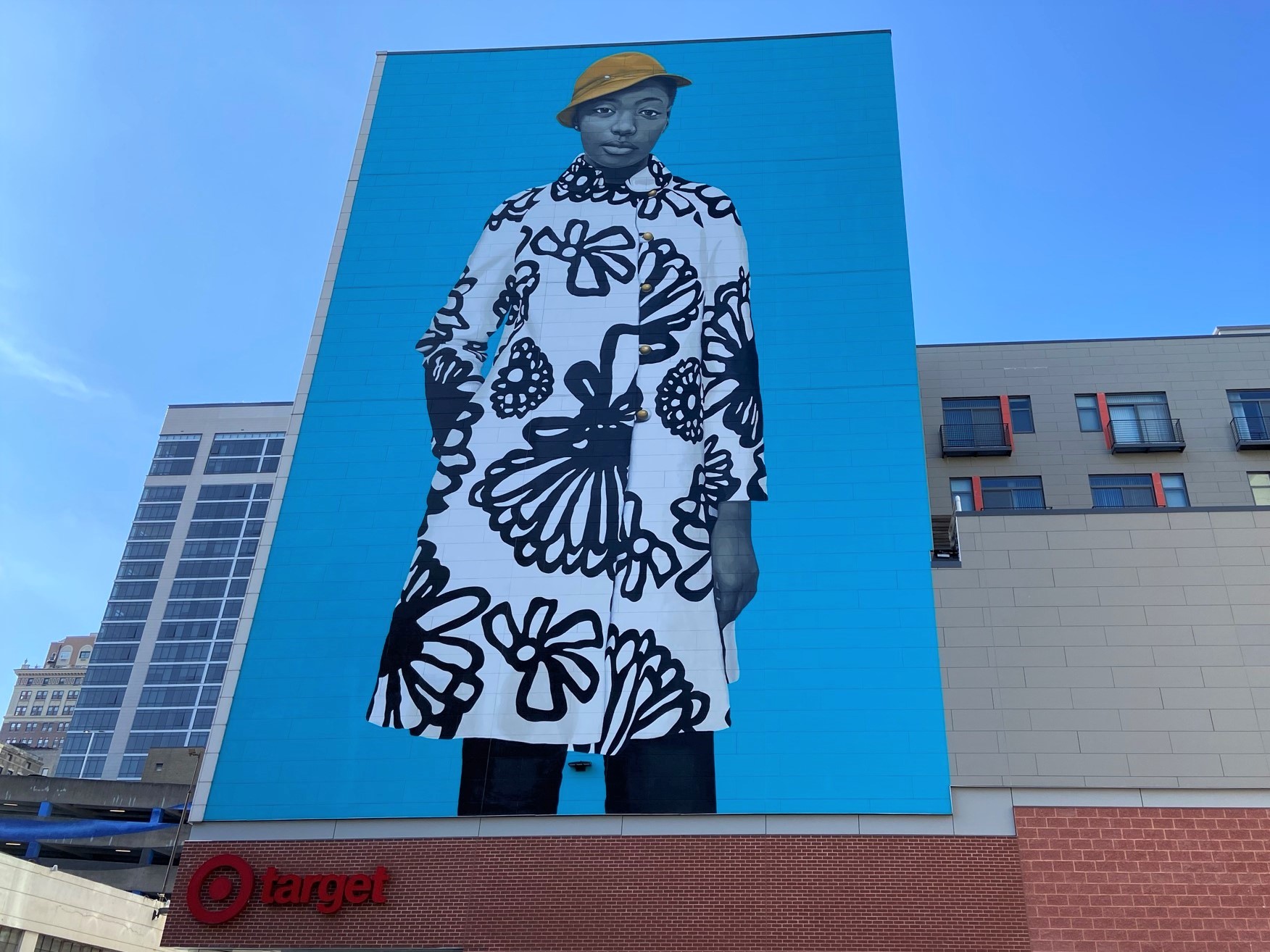
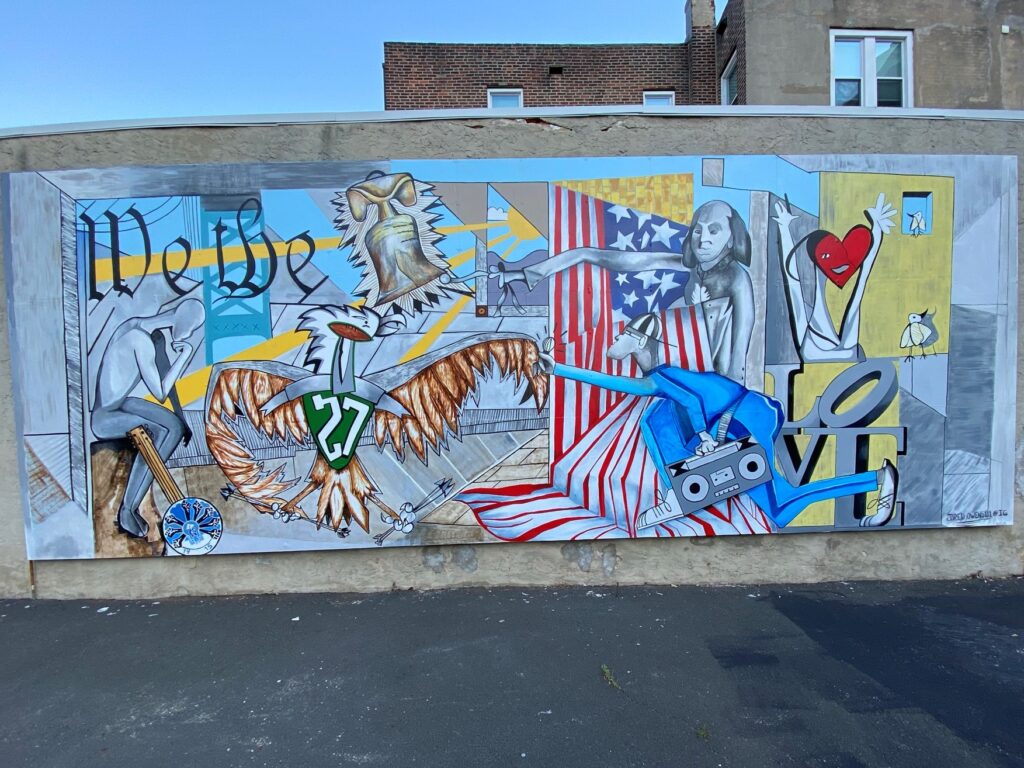
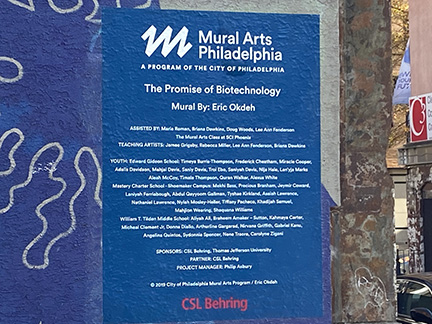
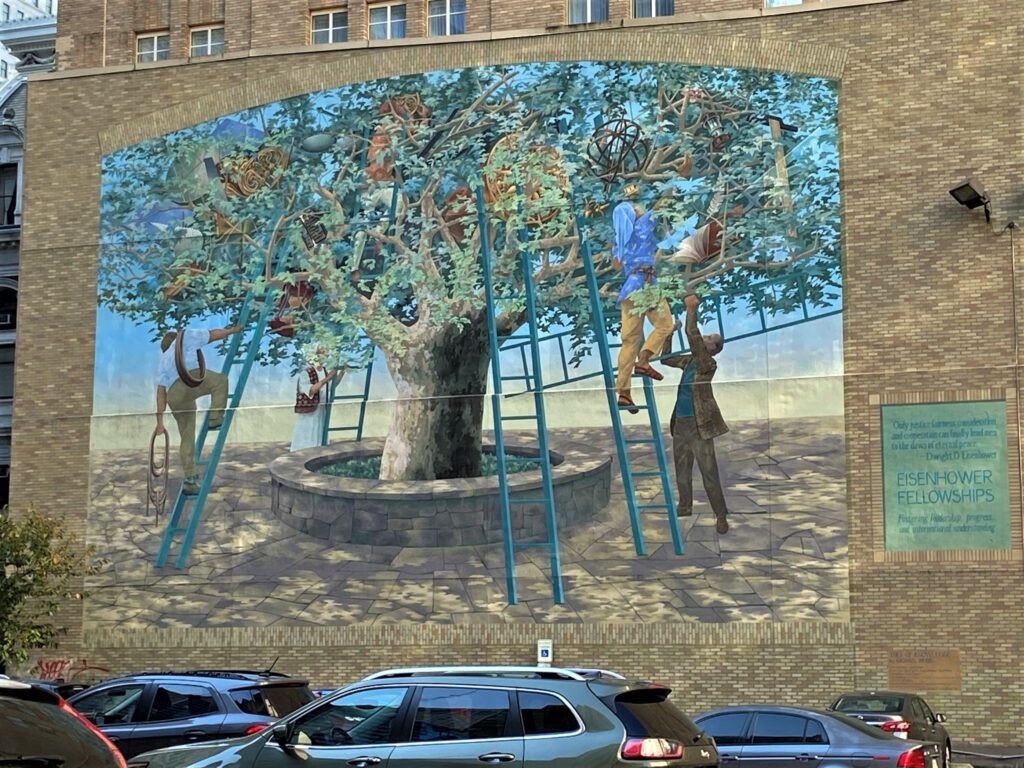
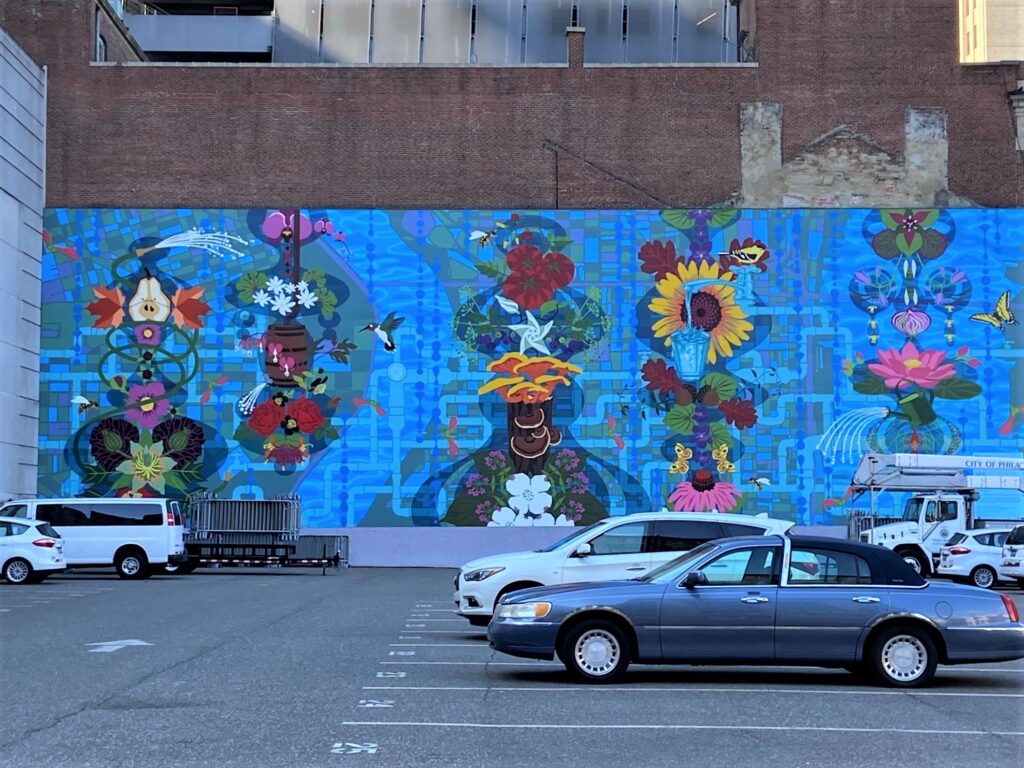
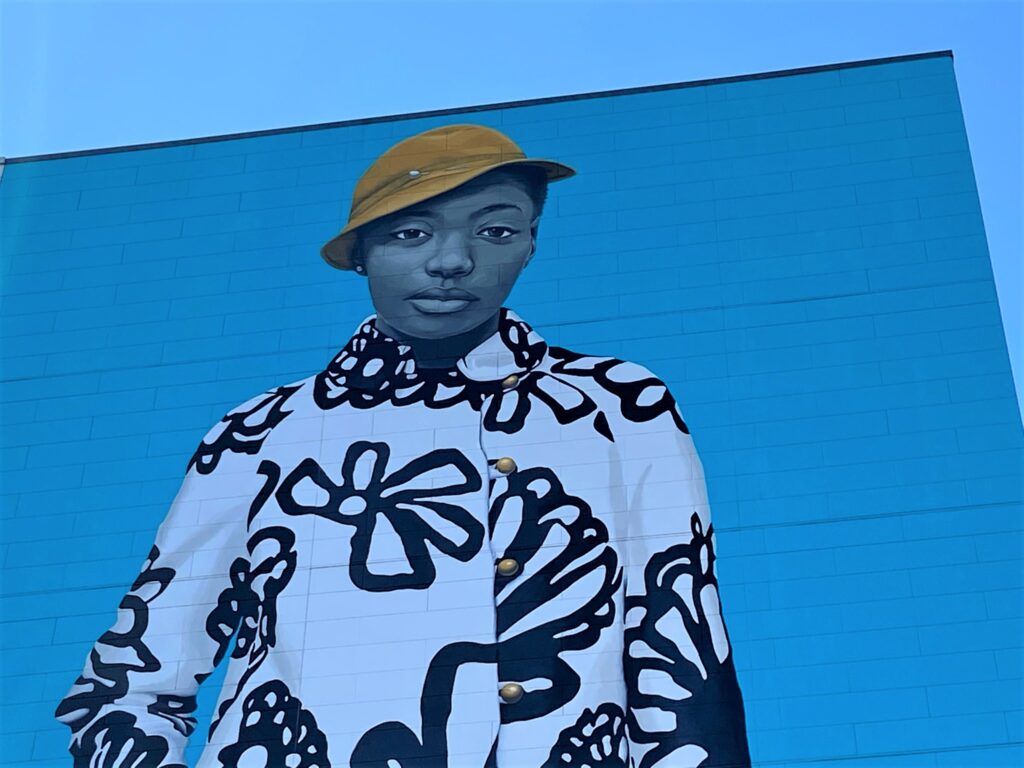
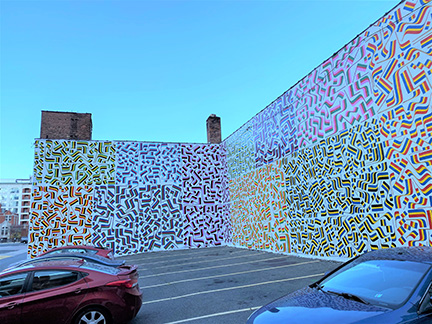

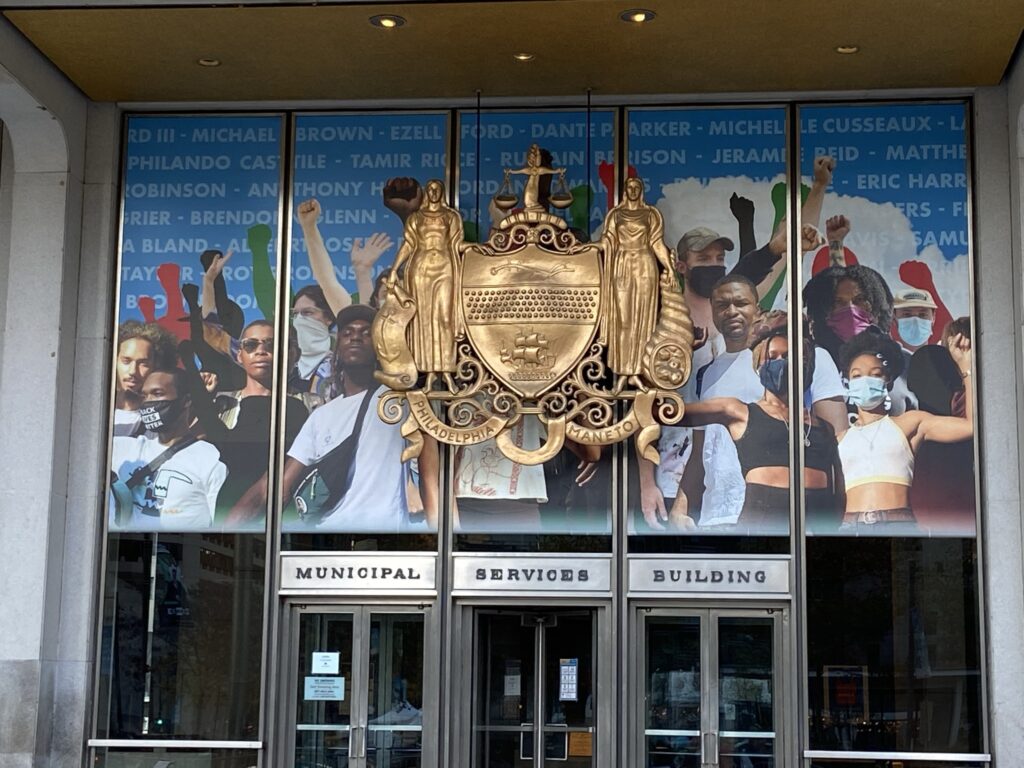
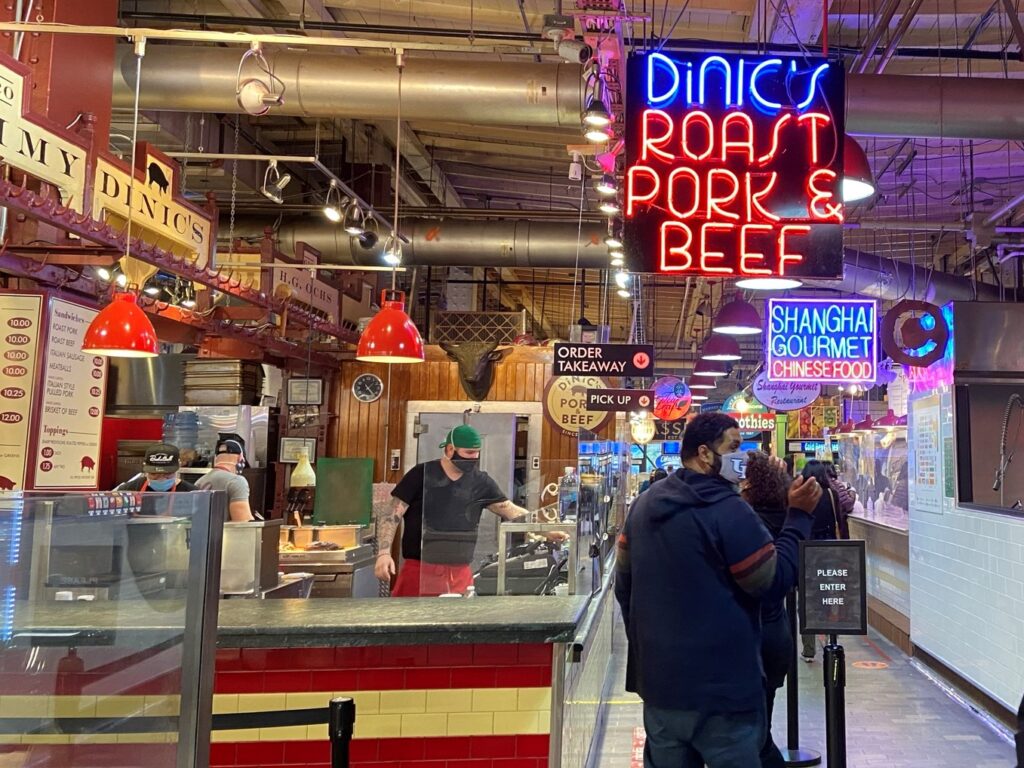
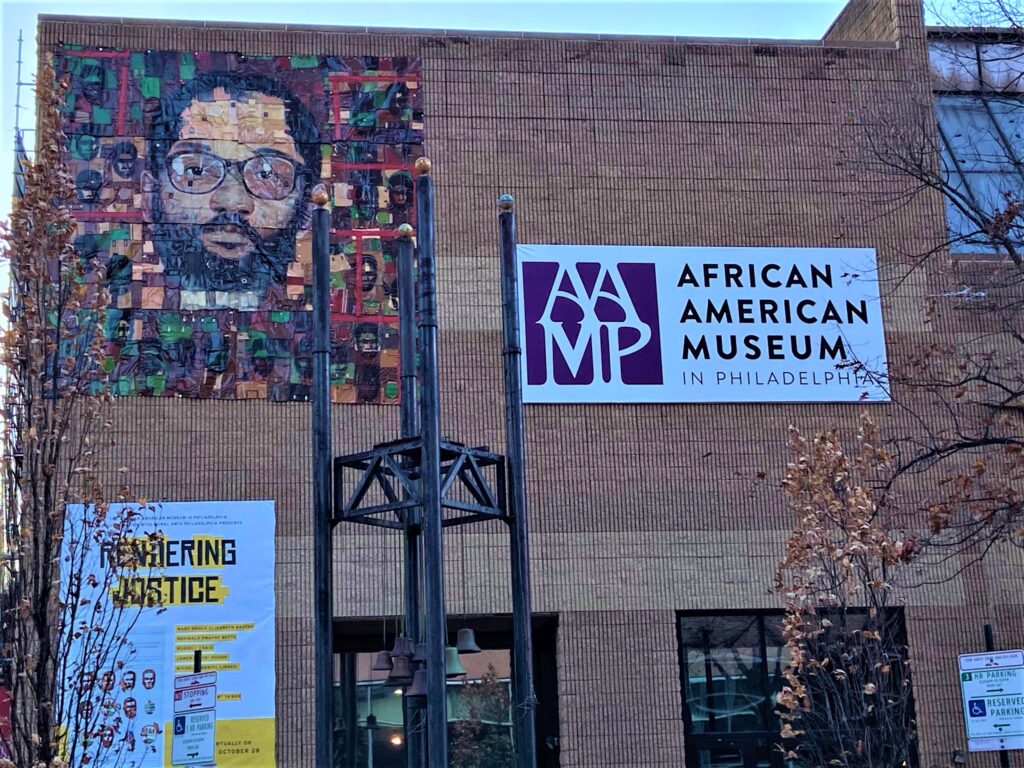
1 Comment